Splenic Emergencies.
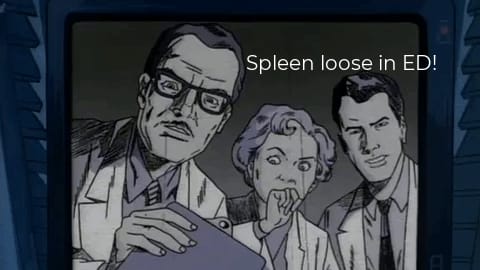
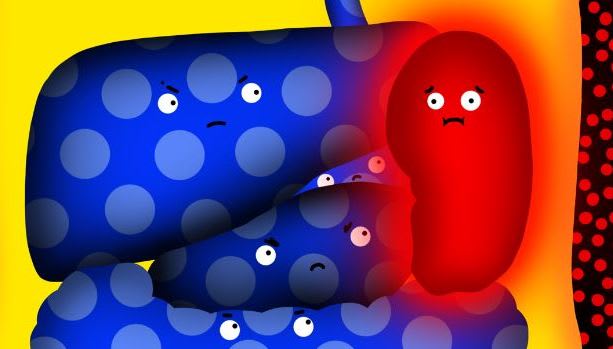
Red blood cells having an abnormal sickle shape can block the venous drainage of the spleen. This causes engorgement of the spleen with trapped red blood cells. The patient--invariably a child----presents with sudden severe anemia and hypovolemic shock along with an enlarged spleen.

It is an unusual complication (we had one a couple of weeks ago) and is thought to be excessive traction which may occur in a technically difficult colonoscopy.

It goes from a grade 1--subcapsular haematoma to a grade 5----shattered spleen, or as I call it "where is my spleen"?
For details on the grading click on the link below. Above image thanks to Radiopaedia.

Splenic injury by blunt trauma is far for common than penetrating trauma---even in the USA.
Generally Grade 1 to 3 splenic injuries are treated conservatively.
Angioembolisation has a role in many higher grade injuries
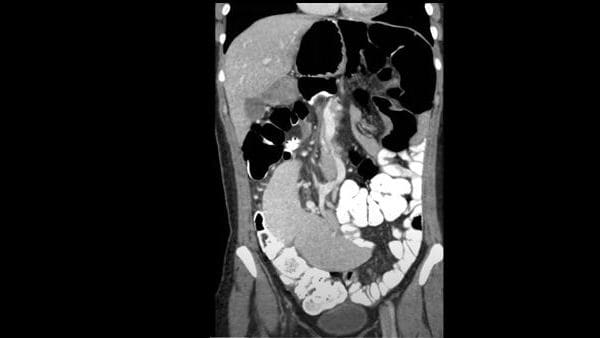
It is a rare entity and can become a surgical emergency when there is torsion of the spleen around the long suspensory ligament. Tends to occur in children.
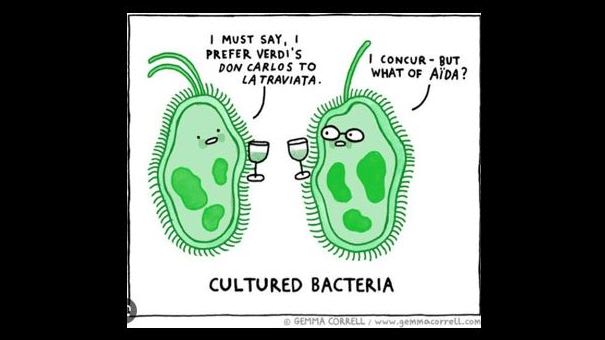
Having a capsule helps you avoid being chewed up by macrophages (avoid phagocytosis).

There are other causes of a massive spleen that are seen rarely such as primary lymphoma of the spleen and the splendidly named hairy cell disease.
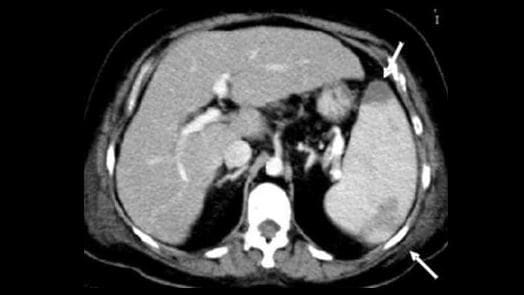
This patient also had emboli to his kidneys causing haematuria.
Kehr's sign is where you get left shoulder tip pain from blood in the peritoneum irritating the diaphragm (could occur in rupture of the spleen).
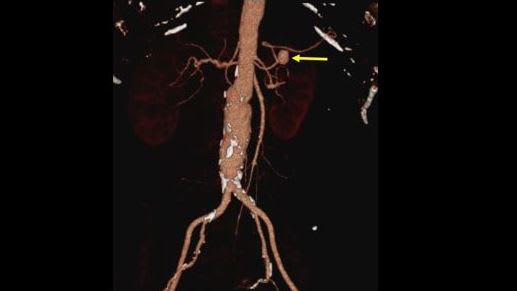
Mortality rates with rupture are about 35 to 40%---still high.
Bowel gas can hinder ultrasound views.
Splenic artery aneurysms are the third most common aneurysms in the abdomen after aortic and iliac aneurysms.
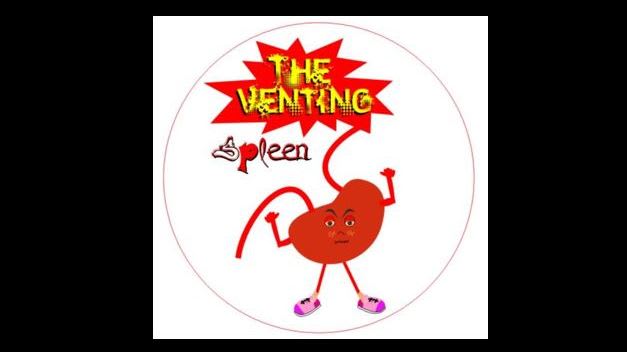
Apologies to all German speakers.